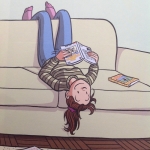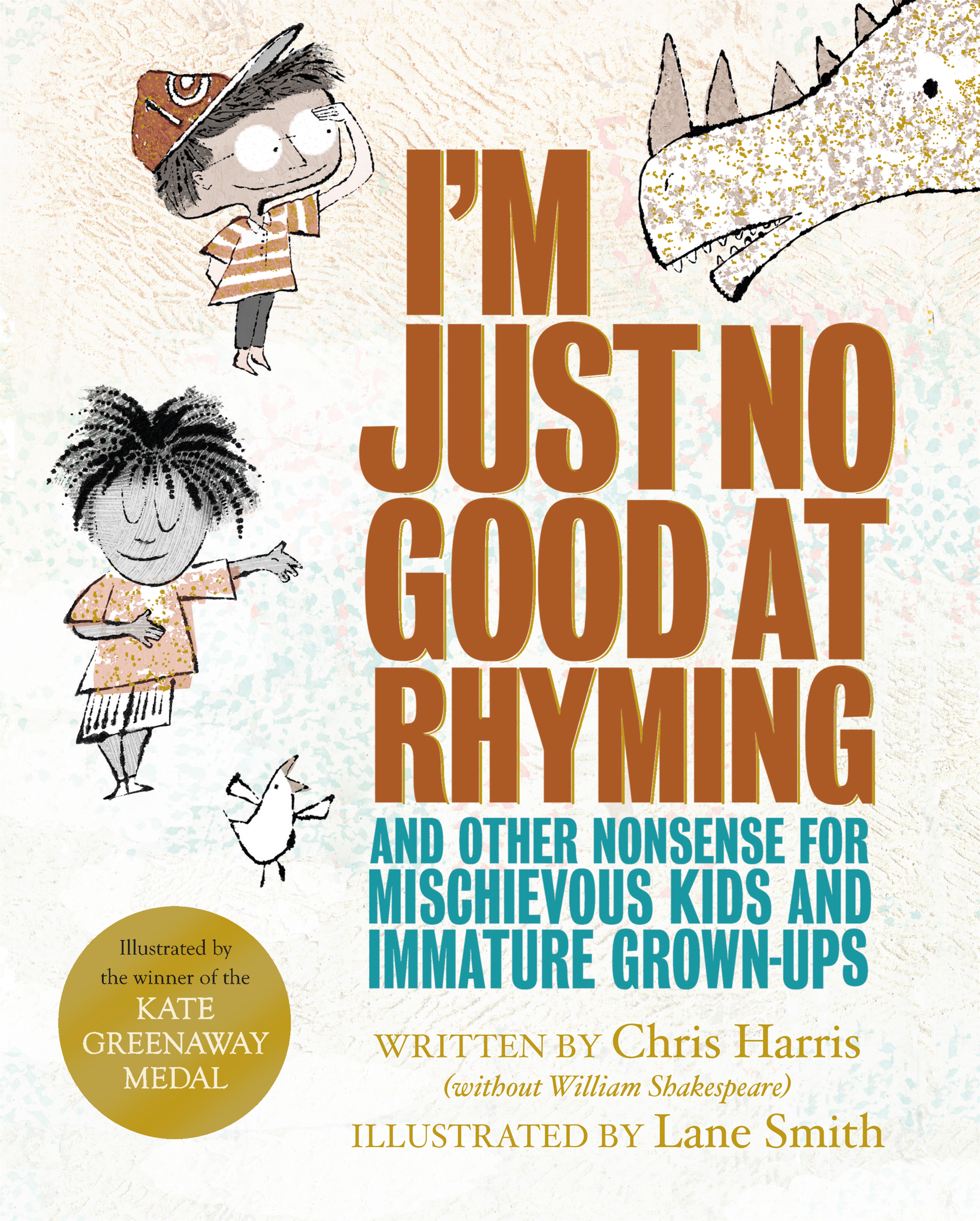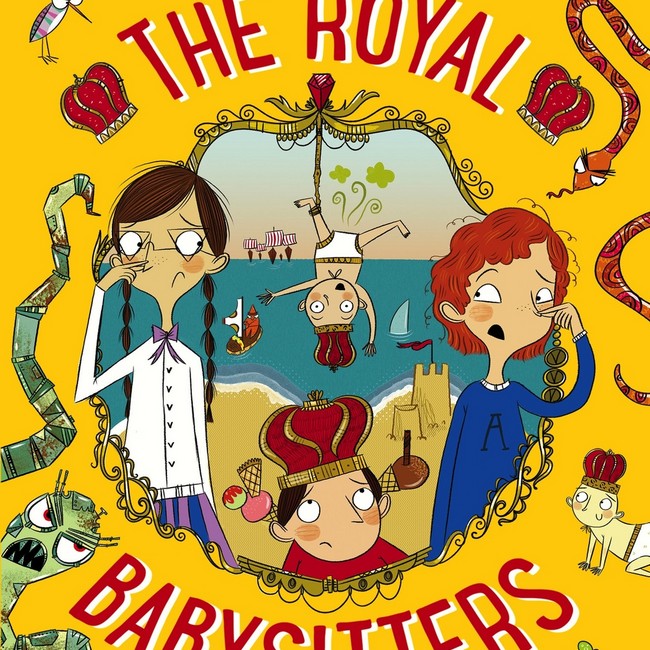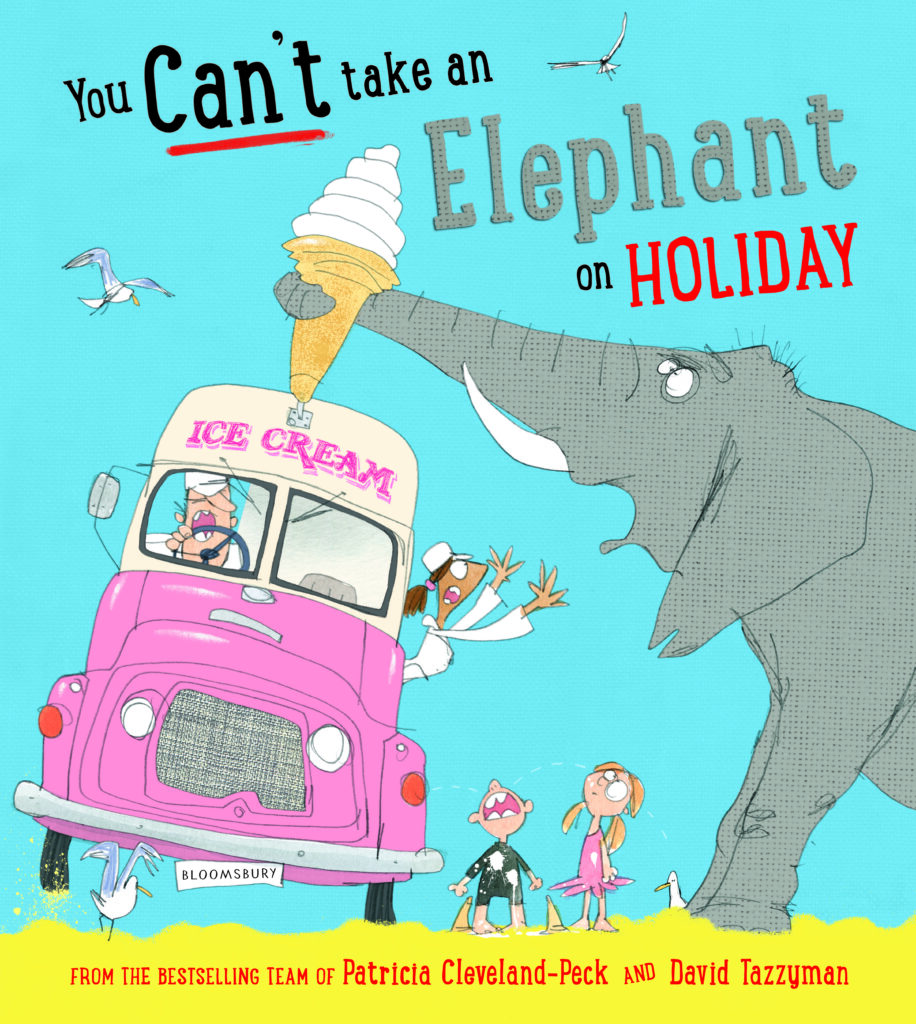
You Can’t Take an Elephant on Holiday (Bloombury Children’s Books) is the latest instalment of Patricia Cleveland-Peck’s and David Tazzyman’s “You Can’t Take an Elephant … ” series, which has sold over 200,000 copies!
Crazy scenarios of what might happen on a summer holiday are wonderfully depicted thanks to David Tazzyman’s zany artwork and Patricia Cleveland-Peck’s wonderfully fluid rhyming text.
Tazzyman’s flair for observing people’s behaviours really shows in the way he portrays holiday makers and it is such a treat to discover all their expressions.
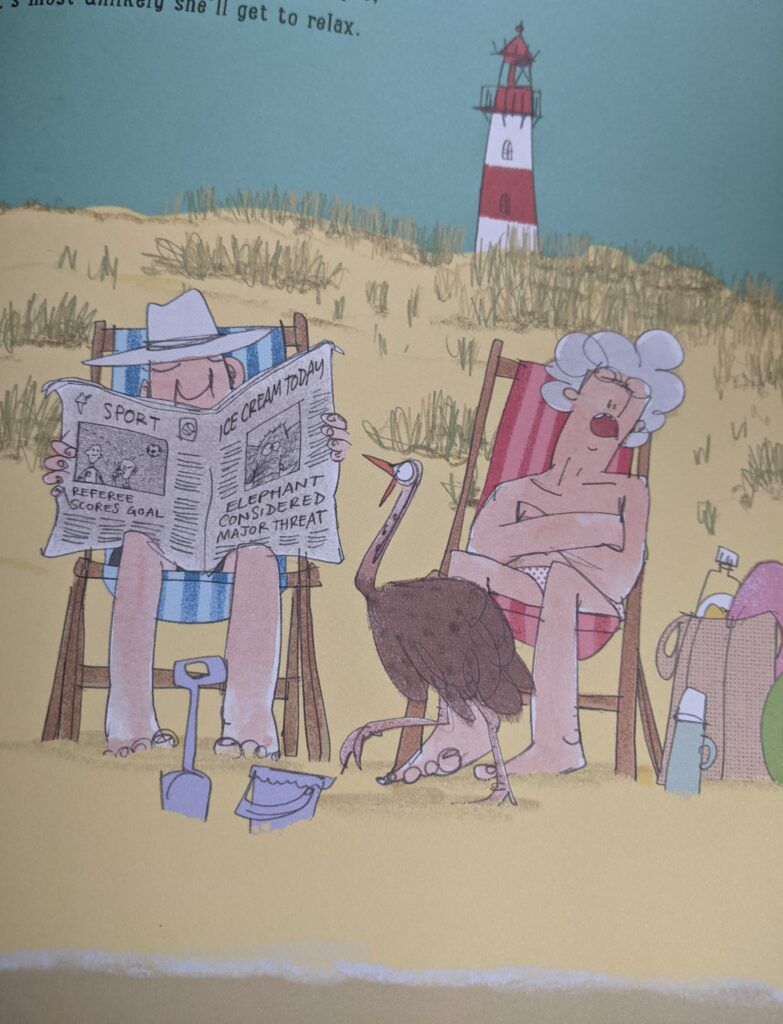
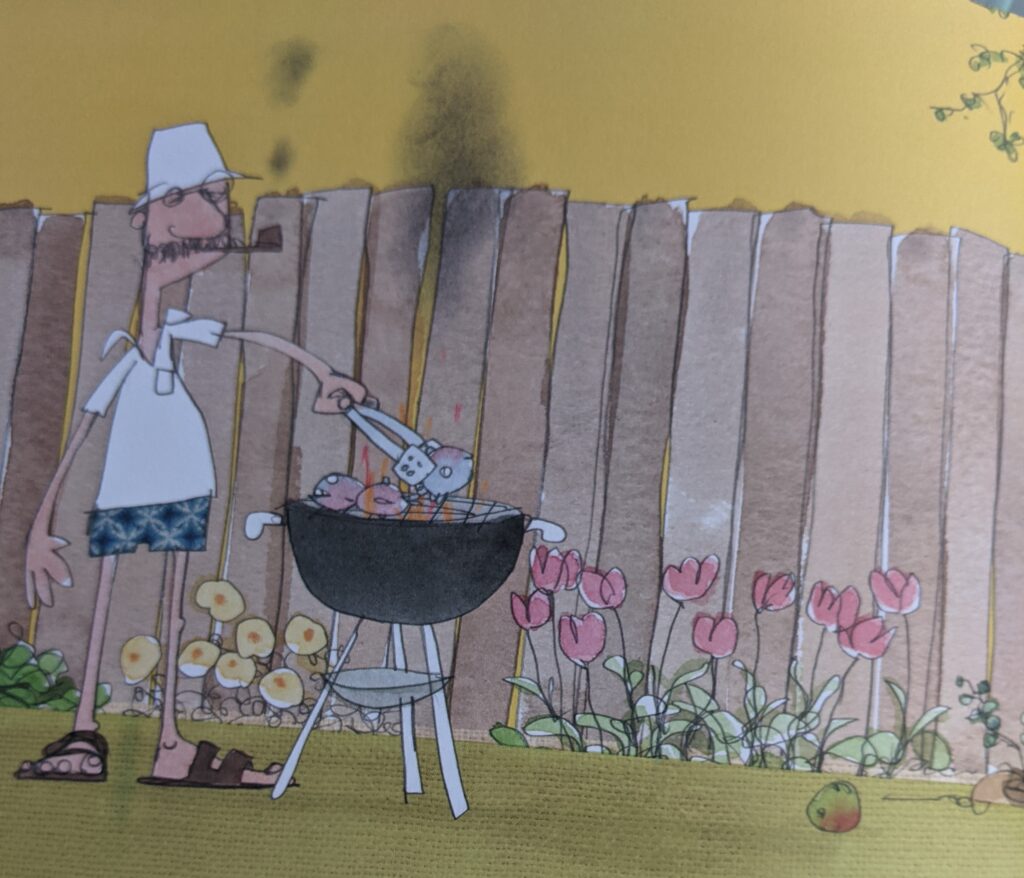
Apart from a handful of spreads, You Can’t Take an Elephant on Holiday focuses on scenes of British summer holidays and all the fun one can have, whether they go to the seaside, go on day trips or have a staycation. This is such a lovely element of the book, which will be particularly potent this year with so many families staying local this Summer.
I am delighted to welcome Patricia Cleveland-Peck to Library Mice as part of the blog tour for You Can’t Take an Elephant on Holiday:
Patricia Cleveland-Peck’s
Top Tips for Writing in Rhyme
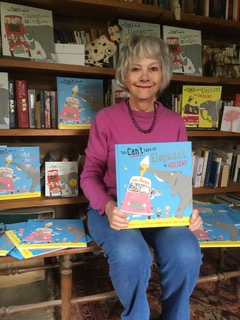
Many children’s picture book texts are written in rhyme and while it is true that it is not easy to translate rhyme, a fact which diminishes the chances of co-editions, there is still a market for good strong rhyming texts because they are what children love best.
Almost more important than the actual rhyming words, is the rhythm or beat of the line. For this you need to count the syllables and find the stressed and unstressed ones and if possible, keep the number of them uniform throughout. This is scansion and the best way to test if your text scans is to get someone else to read it – because as you have written it, you can adjust your reading to make it sound the way you want – but someone new to reading it may stumble and trip up and so reveal the problem, after which you will see if it needs an extra beat added or removed. Picture books are meant to be read aloud, so all this is important.
A good tip is to read as many good rhyming texts as possible and analyse them. You don’t need to be familiar with every technical term but if you are serious about writing good texts, it does no harm to give yourself a bit of a crash course in meter, rhythm and rhyme.
I began by reading a book on rhyming for songwriters which was simple and avoided any mention of iams, trochees, dactyls, anapests et al. As I became more interested however (and I do also write grown-up poetry too) I found it helpful to write out examples of all these patterns until I got the feel of them.
Luckily there are a number of good rhyming dictionaries, including Rhyme Zone online, which help you to find more and better rhymes than mentally running through the alphabet. It is also worth remembering that rhyme is the connection between sounds and syllables not words.
I always try to use ‘perfect’ rhyme, which has 3 conditions:-
The syllable’s vowel sounds are identical (wear/pair)
The sounds after the vowels (if any) are identical (r/r) The ‘if any’ is important as syllables don’t always end in consonants e.g. disagree/referee
The syllables begin differently (w/p)
A lion as a tour guide just wouldn’t work,
he’d drive all the passengers quite berserk…
Don’t let an armadillo give you a hand
When you’re building a castle made of sand…
Another sort of rhyme I like is called mosaic; this is where one multi-syllabic word is rhymed with several words. Mosaics can make for original and unusual rhymes.
I use a mosaic in the lemming spread in You Can’t Call an Elephant in an Emergency:
The lemming team forgot the drill
for air-lifting a hiker stuck on a hill.
Half of them leapt from the helicopter,
And winching her up, the other half… dropped her!
And again in You Can’t Take an Elephant on Holiday:
Don’t lend your surfboard to an orangutan…
She can, in fact, do most things YOU can.
So it won’t take her long to get the knack
and you probably won’t get your surfboard back.
Lastly there are some things not to do when rhyming. I try to avoid using glaringly obvious rhymes like ‘cricket/wicket.’ Also, if you are writing a story, it is a not a good idea to tweak it off-course just because you have thought up a good rhyme. This isn’t a problem in the Elephant series because each spread stands alone but most picture books do aim to tell a story.
Really good rhyme is hard work but getting it right is really rewarding.
Thank you so much, Patricia!
Make sure you follow the rest of the blog tour:
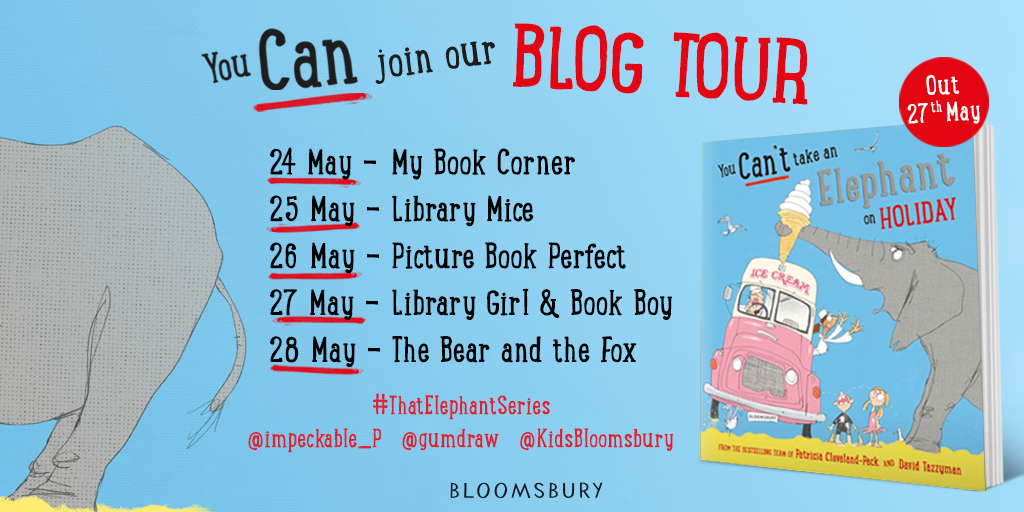
You Can’t Take an Elephant on the Bus is out on 27th May and can be purchased from your local bookshop or online from our partner bookshop Storytellers Inc.:




